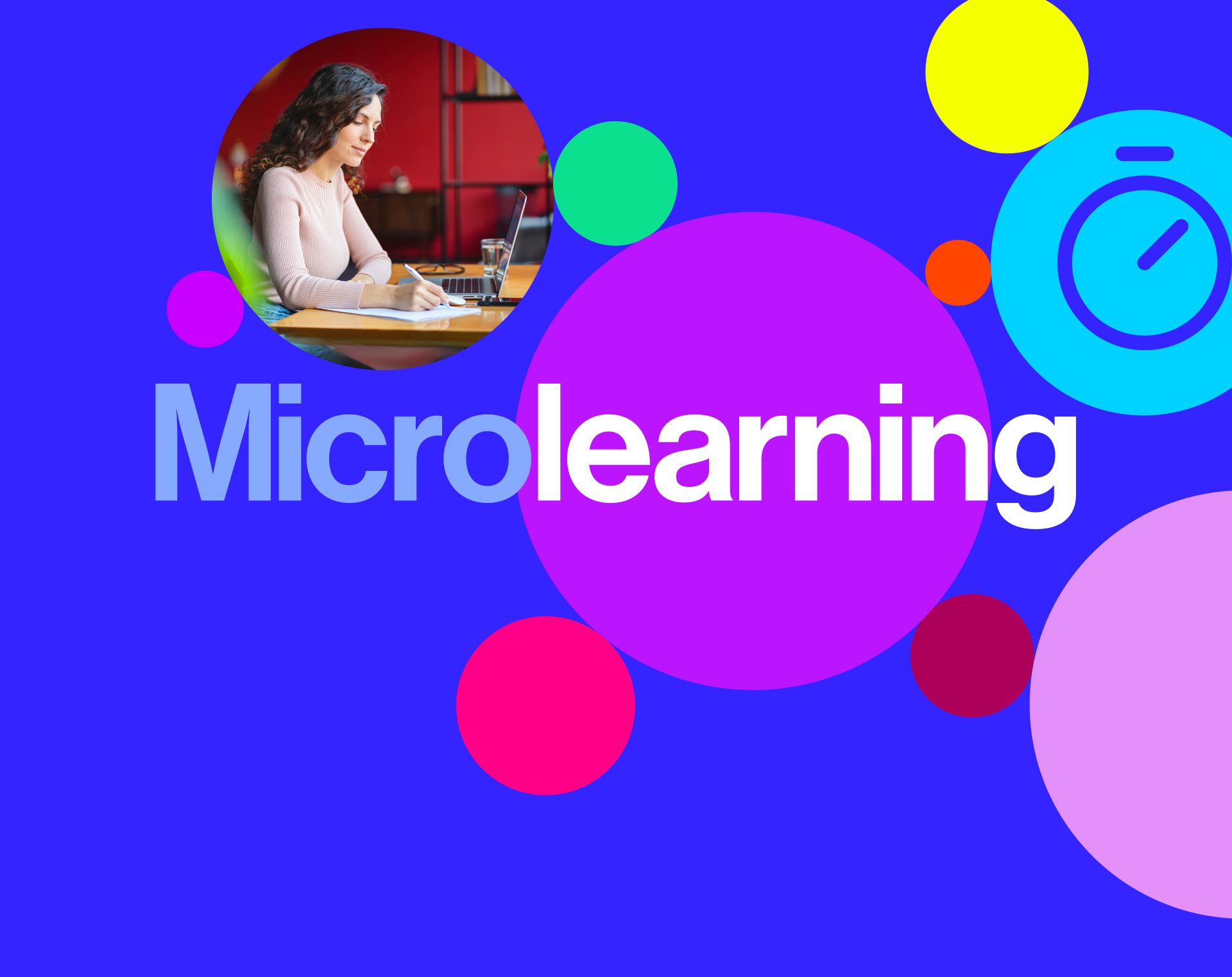In 2025, attention is short—but the expectations for learning outcomes are higher than ever.
Learners are busier, more distracted, and more selective. They want learning that fits into their lives, speaks to their real-world challenges, and actually helps them do their jobs better. That’s where microlearning comes in.
Microlearning offers short, focused bursts of content designed to meet learners at the moment of need. But how do you start building it effectively—and make sure it actually drives results?
This guide gives you the essential first steps, plus a real-world example from Thinqi customer iamsold, who’ve taken microlearning to the next level using peer-generated content.
What is microlearning?
Let’s be clear: microlearning isn’t just about shorter videos or shrinking your existing content. It’s about designing for outcomes, focusing attention, and embedding learning in the flow of work.
Done right, microlearning is:
- Purposeful and performance-driven
- Tailored to learners’ context and needs
- Quick to consume—but rich in relevance
- Embedded within a broader learning journey
Microlearning is powerful for capturing attention, but to truly drive behaviour change, it must be grounded in proven learning science. Without this foundation, there’s a risk that it becomes passive content consumption rather than active application in the learner’s day-to-day role.
Why microlearning matters in 2025
According to industry data:
- 52% of learners drop off before completing traditional eLearning
- 45% cite increased workload as a barrier to learning
- Average digital attention spans now sit around 47–65 seconds
Despite this, 89% of employees say they’re motivated to learn if given the opportunity. That’s your window. Microlearning helps you deliver content in a way that matches how people live and work today: fast-paced, mobile-first, and constantly switching contexts.
Step-by-step: How to start creating microlearning
1. Start with the outcome
Before you write a word or record a video, ask:
- What specific behaviour or action do we want to improve?
- How does this align with business priorities?
- What’s the real-world value for the learner?
A clear outcome ensures each microlearning asset has purpose. It should solve a problem or answer a need—not just convey information.
Tip: Write your learning objectives like this: “By the end of this 90-second module, learners will be able to [do X].”
2. Understand your learner
Use surveys, feedback, or even shadowing to uncover:
- Their daily pain points
- Their preferred ways to learn
- What’s blocking them from engaging
Then tailor your content accordingly. Make the value clear up front: “This 2-minute video will help you avoid the #1 mistake in [task].”
3. Break down the topic
Resist the urge to squeeze everything in. Break bigger themes into a sequence of micro-topics:
Instead of:
- “How to Lead a High-Performing Team”
Try:
- Giving clear direction (90 sec)
- Holding performance conversations (2 min)
- Recognising good work (1 min)
4. Choose impactful formats
Blend multiple formats to match learner preferences:
- Short videos (under 2 minutes)
- Audio tips
- Infographics or quick guides
- Interactive cards
- Peer-led walkthroughs
Top tip: A 60-second video from a colleague solving a real problem can be more effective than a polished animation from an unknown source.
Real-world example: iamsold’s peer-to-peer microlearning
Thinqi customer iamsold—the UK’s largest residential auctioneer—needed a way to help 3,000 estate agents better understand their auction services.
The solution? Peer-to-peer microlearning.
Instead of relying solely on traditional top-down content, iamsold invited estate agents to share one-minute videos answering five key questions about challenges like pricing, positioning, and managing objections. The results:
- 50+ pieces of micro-content created
- 40% of content now peer-generated
- 3x higher engagement rates
- Higher customer confidence and improved sales performance
“It’s by customers, for customers. That’s what makes it work. You’re hearing from someone who’s doing the job right now, not a theoretical voiceover.” —Dan Milne, L&D lead at iamsold
They strategically used internal relationship managers to encourage participation and targeted specific learners using data and feedback from their customer insights platform.
Lesson? Leverage your experts—and your learners themselves—to make content authentic and relevant. Read the full success story here.
5. Structure for retention
Reinforce learning through:
- Spaced repetition
- Follow-up prompts (e.g. “Try this in your next meeting”)
- Peer discussions or reflection tasks
- Progress indicators (e.g. “Step 2 of 5: Conflict resolution”)
6. Recognise progress
Incentivise engagement using:
- Badges or micro-certificates
- Unlockable content
- Visible milestones
- Praise or spotlight features in newsletters
This builds momentum and taps into intrinsic motivation.
What to do next
Here’s how to get started this week:
- Audit existing content—what could be broken into short-form?
- Talk to your learners—what do they need most help with?
- Pilot a 3-part microlearning series using internal voices or SMEs
- Define what success looks like (behaviour change, not just views)
- Build a small pathway with spaced repetition and follow-ups
- Collaborate with marketing and customer experience to promote it
Final word: Keep it human, keep it useful
Microlearning isn’t just about being short—it’s about being strategic.
By keeping content outcome-focused, learner-led, and real-world relevant, you’ll not only capture attention—you’ll keep it. More importantly, you’ll drive actual performance improvement.
And as iamsold’s story proves, sometimes the best way to engage learners is to let them lead the learning.
Want to see microlearning in action?
At Thinqi, we help L&D teams build smarter, scalable microlearning that’s rooted in real behaviour change—not vanity metrics.




